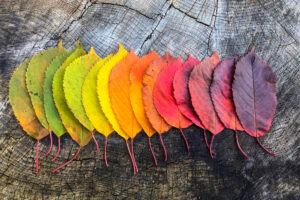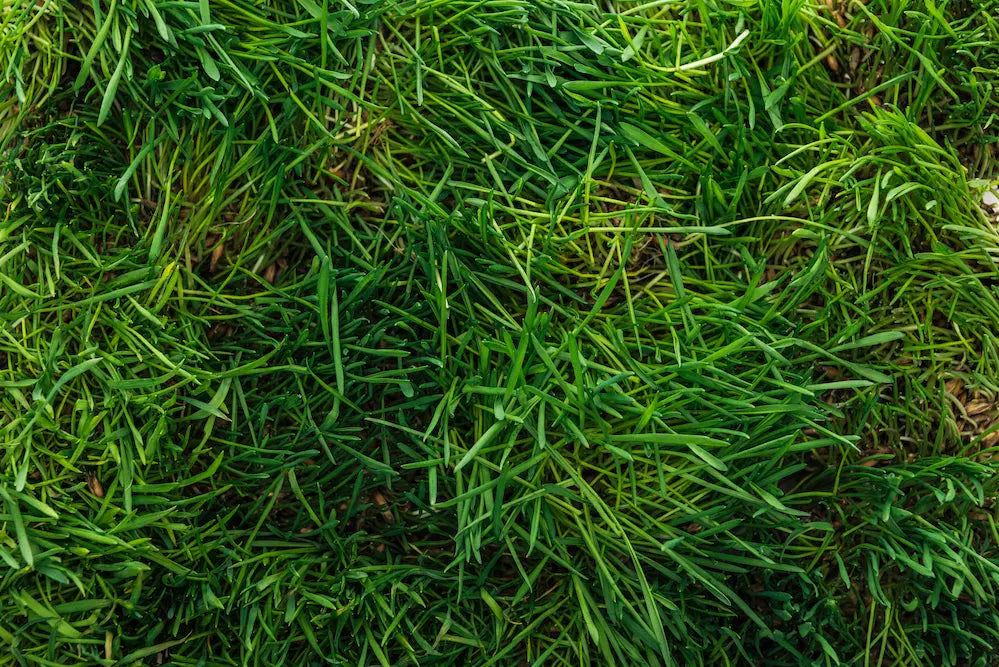Choosing the right grass for your lawn is essential for achieving a lush, healthy landscape. Different grass types thrive in different climates, so understanding your region’s climate and soil conditions is crucial. This guide will help you select the best grass for your area, ensuring a beautiful and resilient lawn.
Understanding Grass Types
Grass species are broadly categorized into cool-season and warm-season grasses, based on their optimal growing temperatures.
-
Cool-Season Grasses: These grasses thrive in cooler temperatures and are ideal for regions with cold winters and mild summers. Examples include Kentucky bluegrass, fescue, and ryegrass.
-
Warm-Season Grasses: These grasses flourish in warm temperatures and are best suited for regions with hot summers and mild winters. Examples include Bermuda grass, zoysia grass, and St. Augustine grass.
Regional Grass Guide
1. Northern United States
For regions with cold winters and moderate summers, cool-season grasses are the best choice.
- Kentucky Bluegrass: Known for its rich color and soft texture, it is ideal for northern climates. It requires regular watering and mowing.
- Fescue: Tall fescue and fine fescue are drought-tolerant and low-maintenance options. They are suitable for both sun and shade.
- Ryegrass: Perennial ryegrass establishes quickly and is often used in seed blends to provide rapid cover and erosion control.
2. Southern United States
In the hot and humid southern regions, warm-season grasses are more suitable.
- Bermuda Grass: Highly durable and heat-tolerant, Bermuda grass is ideal for southern lawns. It requires full sun and regular maintenance.
- Zoysia Grass: This grass is known for its dense growth and drought tolerance. It can handle a range of soil types and light conditions.
- St. Augustine Grass: Perfect for coastal areas, it thrives in hot, humid climates and provides excellent shade tolerance.
3. Transition Zone
The transition zone, which includes parts of the central United States, can support both cool-season and warm-season grasses. However, no single grass type thrives year-round in this area.
- Tall Fescue: Tolerates heat better than other cool-season grasses and stays green in cooler temperatures.
- Zoysia Grass: Can adapt to the varying conditions of the transition zone, providing a good balance of warm-season benefits.
4. Western United States
The diverse climates of the western United States require careful grass selection.
- Buffalo Grass: Ideal for arid regions, it is highly drought-tolerant and requires minimal maintenance.
- Blue Grama: Native to the western prairies, this grass is drought-resistant and suitable for naturalized lawns.
FAQs About Choosing the Right Grass
1. What is the best grass for hot climates?
For hot climates, warm-season grasses like Bermuda grass, zoysia grass, and St. Augustine grass are ideal. They are heat-tolerant and can handle the high temperatures and intense sunlight of southern regions.
2. Which grass requires the least maintenance?
Buffalo grass and fine fescue are among the lowest-maintenance grass types. Buffalo grass is drought-tolerant and suitable for arid regions, while fine fescue thrives in cooler climates and requires minimal watering and mowing.
3. Can I mix different types of grass?
Yes, mixing different types of grass can create a more resilient lawn. Seed blends often combine grasses with complementary characteristics, such as rapid establishment and drought tolerance, to provide a well-rounded lawn that can adapt to various conditions.
4. How do I know which grass is best for my lawn?
Consider your region’s climate, soil type, and lawn usage. Cool-season grasses are best for colder climates, while warm-season grasses thrive in hot areas. Soil tests can help determine the best grass for your specific conditions, and consulting with local extension services or lawn care professionals can provide tailored advice.
Conclusion
Choosing the right grass for your climate is the first step towards a healthy, beautiful lawn. By understanding the characteristics of cool-season and warm-season grasses and matching them to your regional conditions, you can ensure that your lawn remains lush and resilient year-round. Whether you’re in the northern states, the hot south, the transition zone, or the diverse west, selecting the appropriate grass type will help you achieve the best results for your landscape.








Reader Interactions